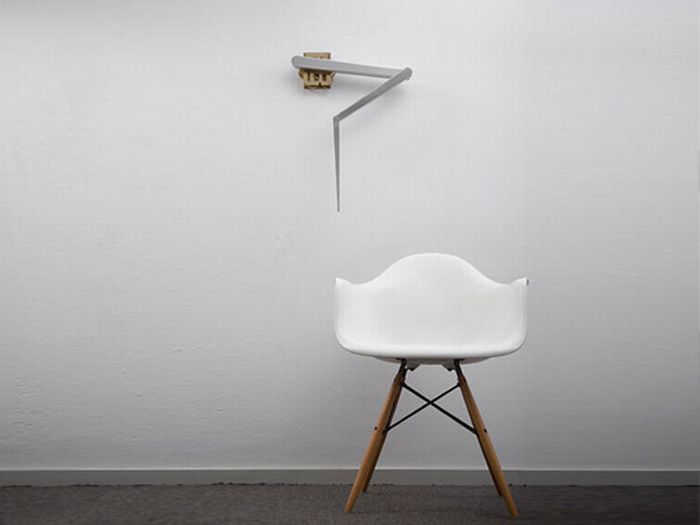|
|
Creative Clock
|
Analog clocks usually indicate time using angles. The most common clock face uses a fixed numbered dial or dials and moving hand or hands. It usually has a circular scale of 12 hours, which can also serve as a scale of 60 minutes, and 60 seconds if the clock has a second hand. Many other styles and designs have been used throughout the years, including dials divided into 6, 8, 10, and 24 hours. The only other widely used clock face today is the 24 hour analog dial, because of the use of 24 hour time in military organizations and timetables. The 10-hour clock was briefly popular during the French Revolution, when the metric system was applied to time measurement, and an Italian 6 hour clock was developed in the 18th century, presumably to save power (a clock or watch striking 24 times uses more power).
Another type of analog clock is the sundial, which tracks the sun continuously, registering the time by the shadow position of its gnomon. Sundials use some or part of the 24 hour analog dial. There also exist clocks which use a digital display despite having an analog mechanism—these are commonly referred to as flip clocks.
Alternative systems have been proposed. For example, the Twelve o'clock indicates the current hour using one of twelve colors, and indicates the minute by showing a proportion of a circular disk, similar to a moon phase.
|
|









